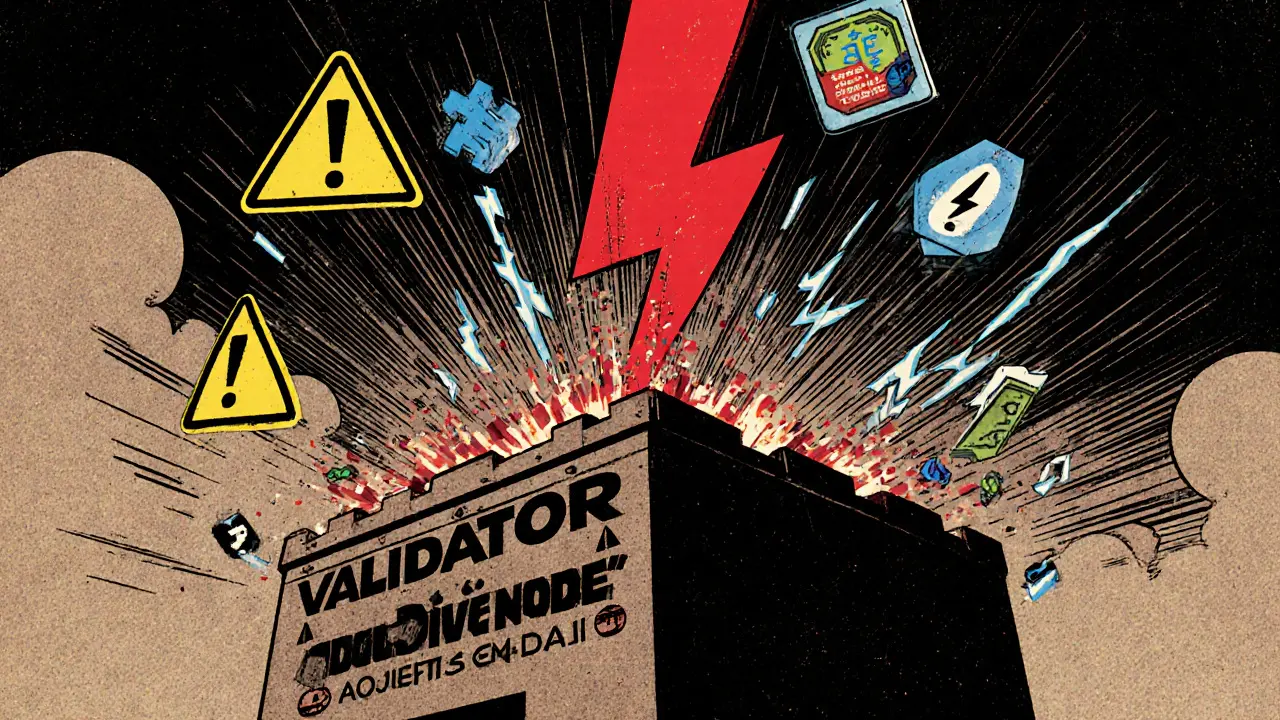
Validator Slashing Penalty Calculator
Slashing Penalty Estimator
Calculate potential penalties based on the latest network statistics from the article.
Slashing Risk Assessment
Important Note
Based on the article's data: All slashing incidents are accidental (human/technical error). Zero intentional slashing incidents reported since The Merge.
Double-signing accounts for 99.7% of all slashing events. Use slashing protection tools to reduce risk by 92%.
What Is Validator Slashing, Really?
Validator slashing isn’t some mysterious blockchain punishment-it’s a financial penalty for messing up. If you’re running a validator on a Proof-of-Stake (PoS) network like Ethereum, Cosmos, or Polkadot, you’re expected to stay online, sign blocks correctly, and follow the rules. Miss a block? Double-sign? Run two nodes at once? You lose part of your stake. That’s slashing.
It’s not meant to be cruel. It’s a security feature. Without slashing, bad actors could attack the network for free. Imagine if someone could lie about transactions and face no consequences. Slashing makes cheating expensive. And because most validators are honest, the system works. The numbers prove it.
The Real Slashing Rates (2025 Data)
As of October 2025, slashing events are rare-so rare that they’re almost statistically insignificant. On Ethereum, which has over 1.2 million active validators, only about 0.04% get slashed each year. That’s roughly 480 out of 1.2 million. And here’s the kicker: not a single one was intentional.
Every single slashing incident on Ethereum since The Merge has been caused by human or technical error. Double-signing-running two validator clients at the same time-is responsible for 99.7% of cases. Think of it like accidentally logging into your bank account on two phones at once. The system sees it as fraud. It’s not malicious. It’s a mistake.
Cosmos Hub’s slashing rate sits at 0.07%, Polkadot at 0.03%, and Solana’s internal numbers suggest around 0.05%. These aren’t just random stats-they’re evidence that the system works. Networks with stricter uptime requirements, like Avalanche, see higher slashing rates (2.3x more), because they demand near-perfect availability. Ethereum’s 95% uptime threshold is forgiving. That’s intentional.
Why Most Slashing Is About Operations, Not Malice
If you’re worried about being hacked or attacked by bad actors, relax. That’s not what’s causing slashing. It’s power outages. Misconfigured servers. Outdated software. Running a validator isn’t like holding Bitcoin in a wallet. It’s like running a tiny server that never sleeps. One wrong move, and you lose money.
Take the March 2023 incident where Lido, one of the biggest staking providers, had a software bug that caused 3,200 validators to be slashed at once. That was 0.35% of all active Ethereum validators. Total penalty? Around $184 million. Not because someone tried to break the network. Because a single line of code failed.
On Reddit’s r/ethstaker, users share stories every week. One guy lost $12,800 because he set up a hot and cold node but forgot to disable the hot one. Another lost 0.4 ETH after a cloud provider rebooted his VM without warning. These aren’t edge cases-they’re the norm. The real enemy isn’t hackers. It’s complacency.

How Slashing Penalties Work Across Networks
Not all slashing is the same. Ethereum uses a dynamic system: the more validators get slashed at once, the bigger the penalty. This makes coordinated attacks astronomically expensive. Vitalik Buterin designed it this way on purpose. It’s smart. But it’s also confusing. A Coinbase Institutional survey found 68% of validators don’t understand how the penalty scales.
Cosmos, on the other hand, uses fixed penalties. If you double-sign, you lose 0.1% to 5% of your stake, depending on the offense. Simple. Predictable. Easier for beginners. But it doesn’t scale well against large-scale attacks.
Polkadot’s model sits in between. Solana’s system is still opaque-no public stats, no clear rules. That’s a red flag for institutional investors. JPMorgan chose Ethereum for its Onyx platform not because it’s the fastest, but because its slashing rules are transparent and well-documented.
The Hidden Risk: Near-Misses and Restaking
Slashing statistics only tell part of the story. What about the near-misses? Dr. Ari Juels’ team at IC3 studied 12,000 validator logs and found that for every actual slashing, there are 17 near-misses. That means if you’ve been running a validator for a year and haven’t been slashed, you’ve probably dodged 17 close calls.
And now there’s restaking. EigenLayer, launched in 2023, lets you stake your ETH on multiple protocols at once. Sounds smart. But if one protocol slashes you, it can trigger a chain reaction. A May 2024 Cubist report found 41% of restaked value faces unquantified slashing risks. That’s new territory. No one knows exactly how bad it could get.
Professional validators are already reacting. A January 2024 survey showed 72% consider “slashing contagion” the biggest threat in the ecosystem. It’s not just about your own node anymore. It’s about the whole web of interconnected staking.
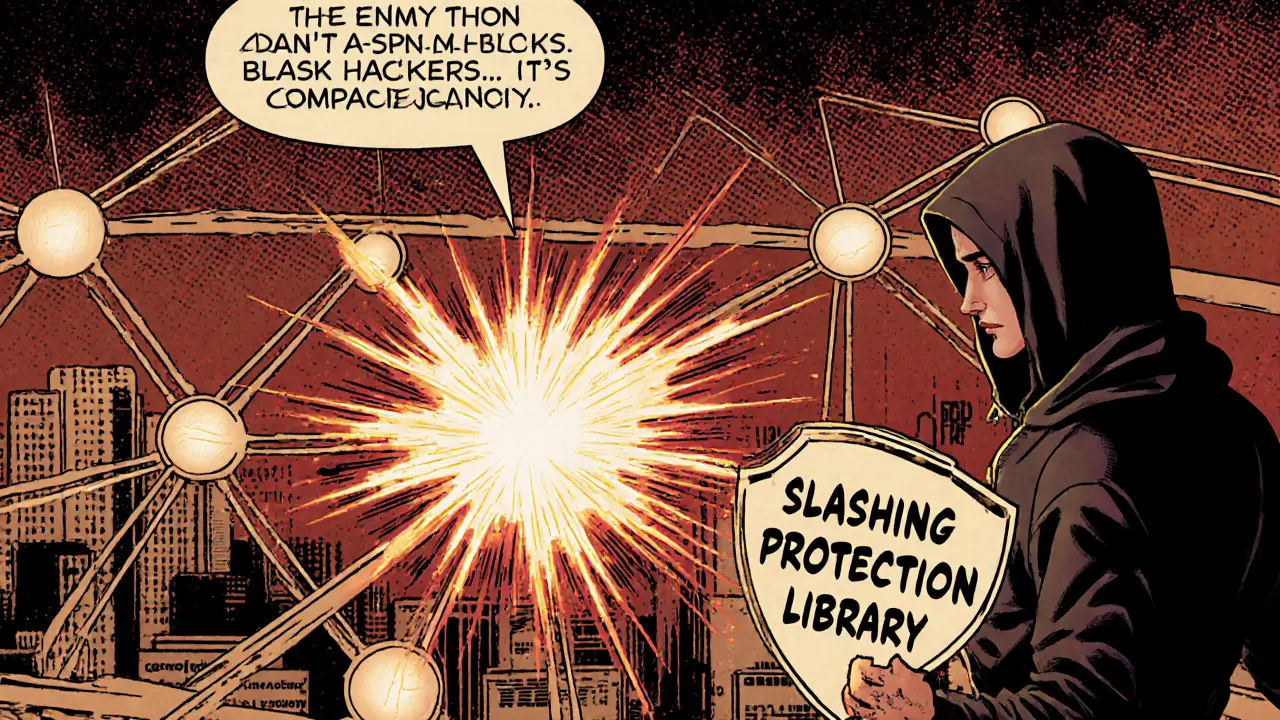
How to Avoid Getting Slashed
Here’s what actually works:
- Use slashing protection. Ethereum’s official Slashing Protection Library has been downloaded over 14,300 times. Validators who use it cut double-signing incidents by 92%.
- Don’t run duplicate clients. If you use Prysm, Lighthouse, or Teku, make sure only one is active at a time. Use a circuit breaker tool.
- Geographically distribute your nodes. 63% of pros use backup nodes in different data centers. One server goes down? Another picks up.
- Keep software updated. Ethereum updates its client software quarterly. Ignoring patches is the fastest way to get slashed.
- Learn the rules. Ethereum has 7 slashable conditions. Cosmos has 5. Know them. The Stakin survey says it takes 87 hours of study to get it right.
Most new validators have at least one near-miss in their first 90 days. That’s normal. The ones who survive are the ones who learn fast.
What This Means for You
If you’re thinking about staking ETH or any PoS asset, the numbers are reassuring. Slashing is rare. Malicious attacks are virtually nonexistent. The real risk is operational. You’re not fighting hackers. You’re fighting yourself.
For institutions, low slashing rates mean trust. JPMorgan, BlackRock, and other giants are pouring billions into Ethereum staking because the data says it’s safe. For individuals, it means you can stake with confidence-if you’re careful.
Don’t let fear stop you. But don’t be lazy. Use the tools. Learn the rules. Back up your keys. Monitor your node. The system is built to protect you. But it can’t protect you from your own mistakes.
What’s Next for Slashing?
Ethereum’s Dencun upgrade in March 2024 reduced downtime-related slashing by 15%. The upcoming Verge upgrade in Q2 2025 could cut accidental slashing by up to 60% by improving how validators sync. That’s huge.
Meanwhile, Cosmos’ Interchain Security Protocol is harmonizing slashing rules across 12 chains. The collective rate? 0.045%. That’s becoming the new benchmark.
Will slashing rates drop further? Probably. As tools get better and validators get smarter, the numbers will keep improving. But the core truth won’t change: slashing works because it’s scary. And that’s exactly how it should be.

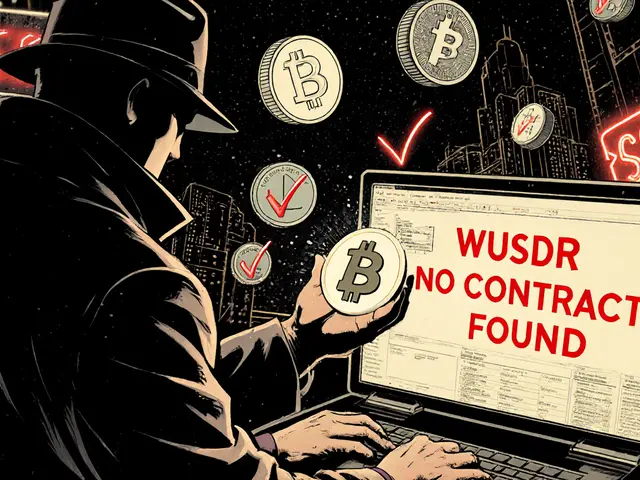
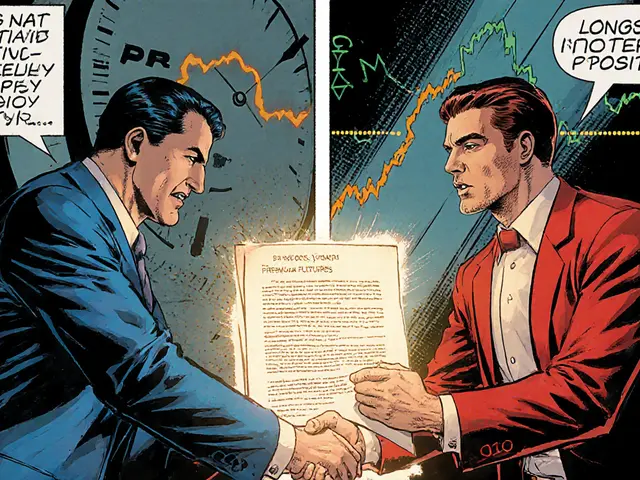

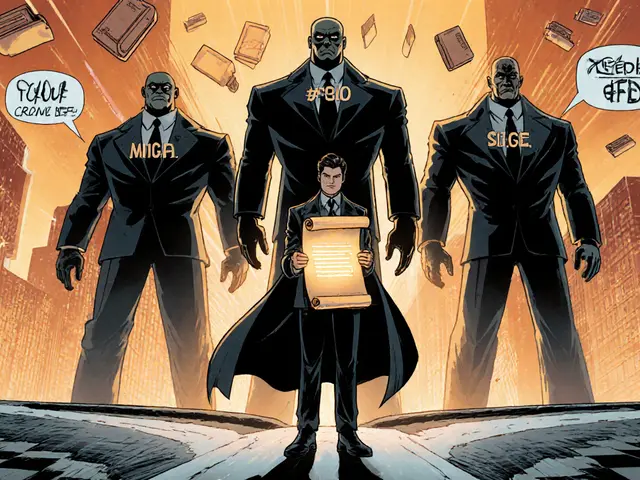
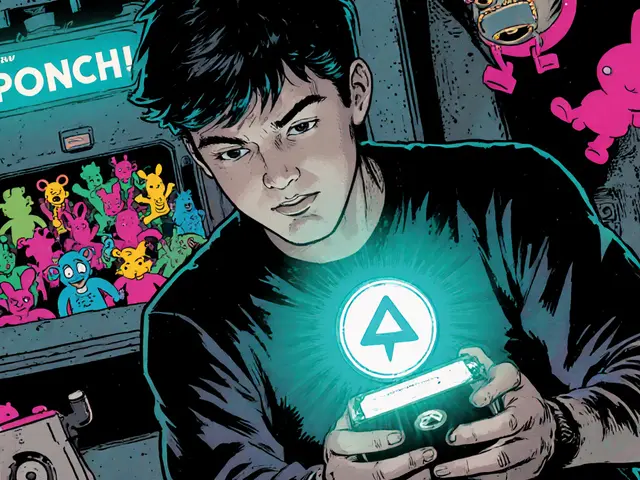
There are 17 Comments
DeeDee Kallam
Helen Hardman
Bhavna Suri
Elizabeth Melendez
Phil Higgins
Genevieve Rachal
Eli PINEDA
Debby Ananda
Vicki Fletcher
Nadiya Edwards
Mehak Sharma
bob marley
Jeremy Jaramillo
Sammy Krigs
naveen kumar
Bruce Bynum
Edgerton Trowbridge
Write a comment
Your email address will not be published. Required fields are marked *